Welcome!
My name is Poseidon, I am king of the seas and oceans. I will show you around the Baltic kingdom. During this tour you will get to know its inhabitants. You can probably guess that there are fish living in its depths.
My name is Poseidon, I am king of the seas and oceans. I will show you around the Baltic kingdom. During this tour you will get to know its inhabitants. You can probably guess that there are fish living in its depths.
Thanks to their gills, they can easily breathe underwater and they move not with their legs but with their fins. Instead of hair they have scales. Since fish live underwater, they have an interesting body structure. Learn about the most characteristic parts of a fish's body structure.
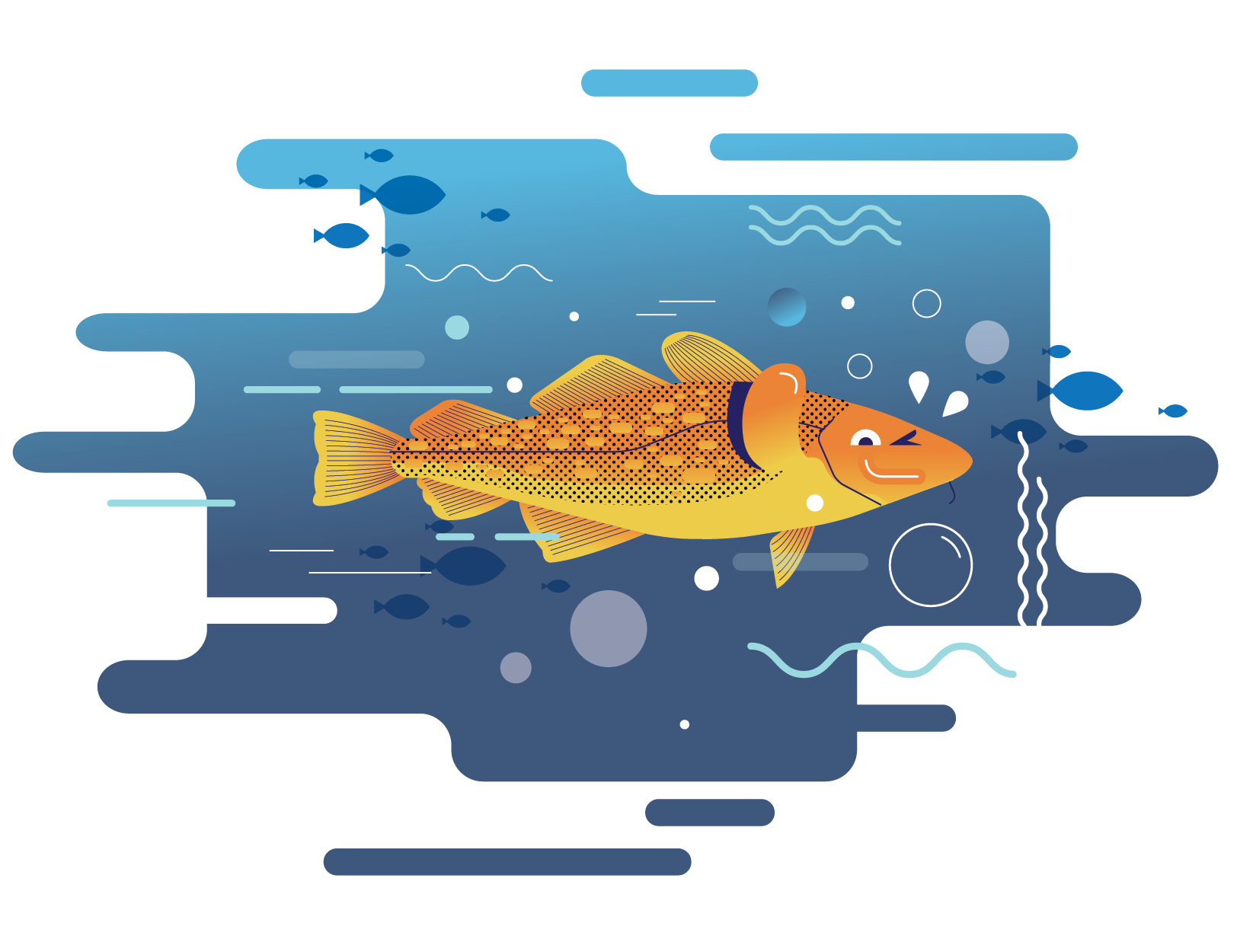
The body of a fish consists of three basic parts: the head, the trunk, and the tail. Fish also have very interesting body parts that we will look at.
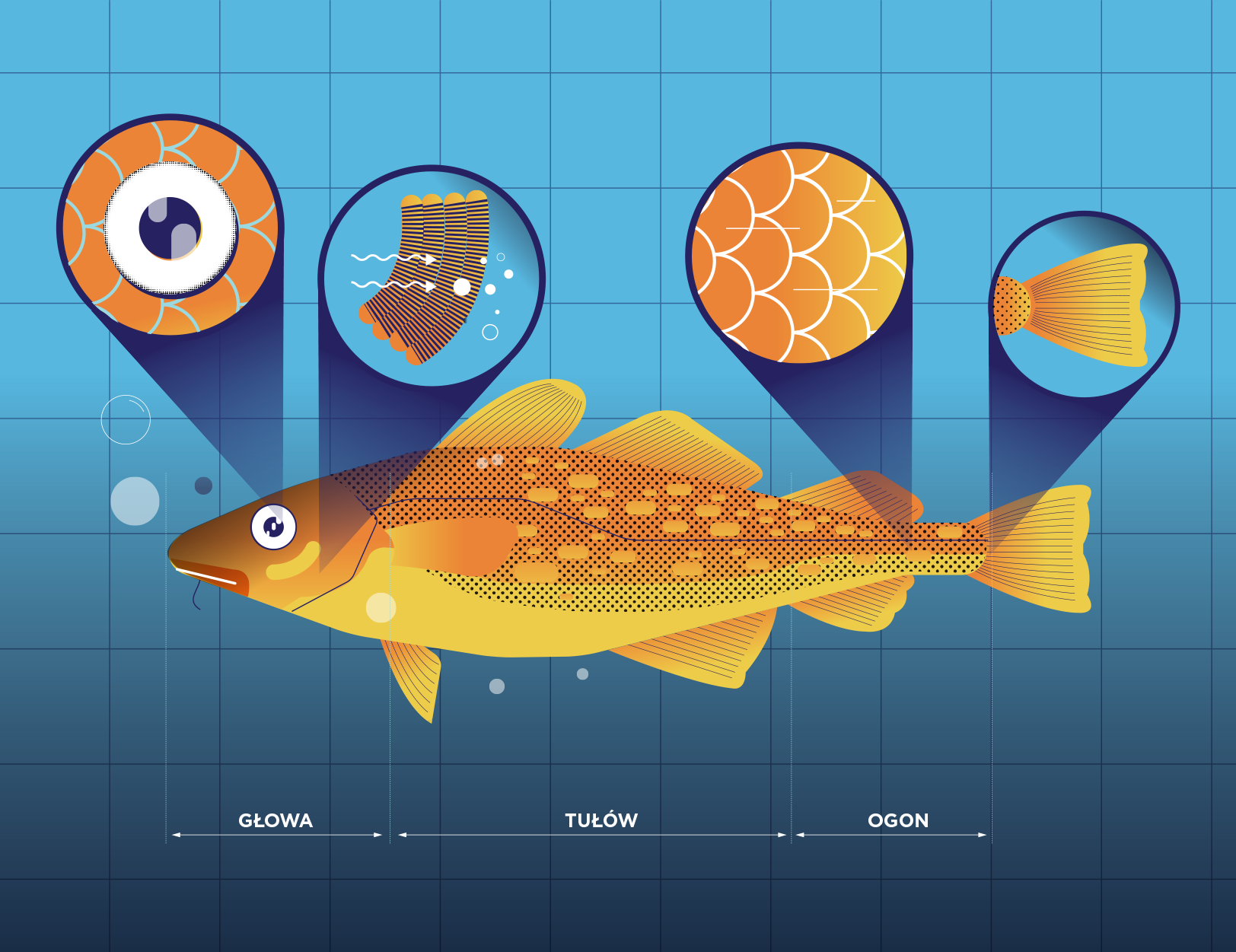
The body of the fish is covered with scales. They can be of various shapes and colours. They are flexible and covered with mucus, thanks to which there is less friction between the water and the fish, so it is easier for them to swim.
The fins are used to move and maintain proper body position. Especially the caudal and dorsal fins are important because they act as rudders, determining the direction of the fish's voyage through the sea waters.
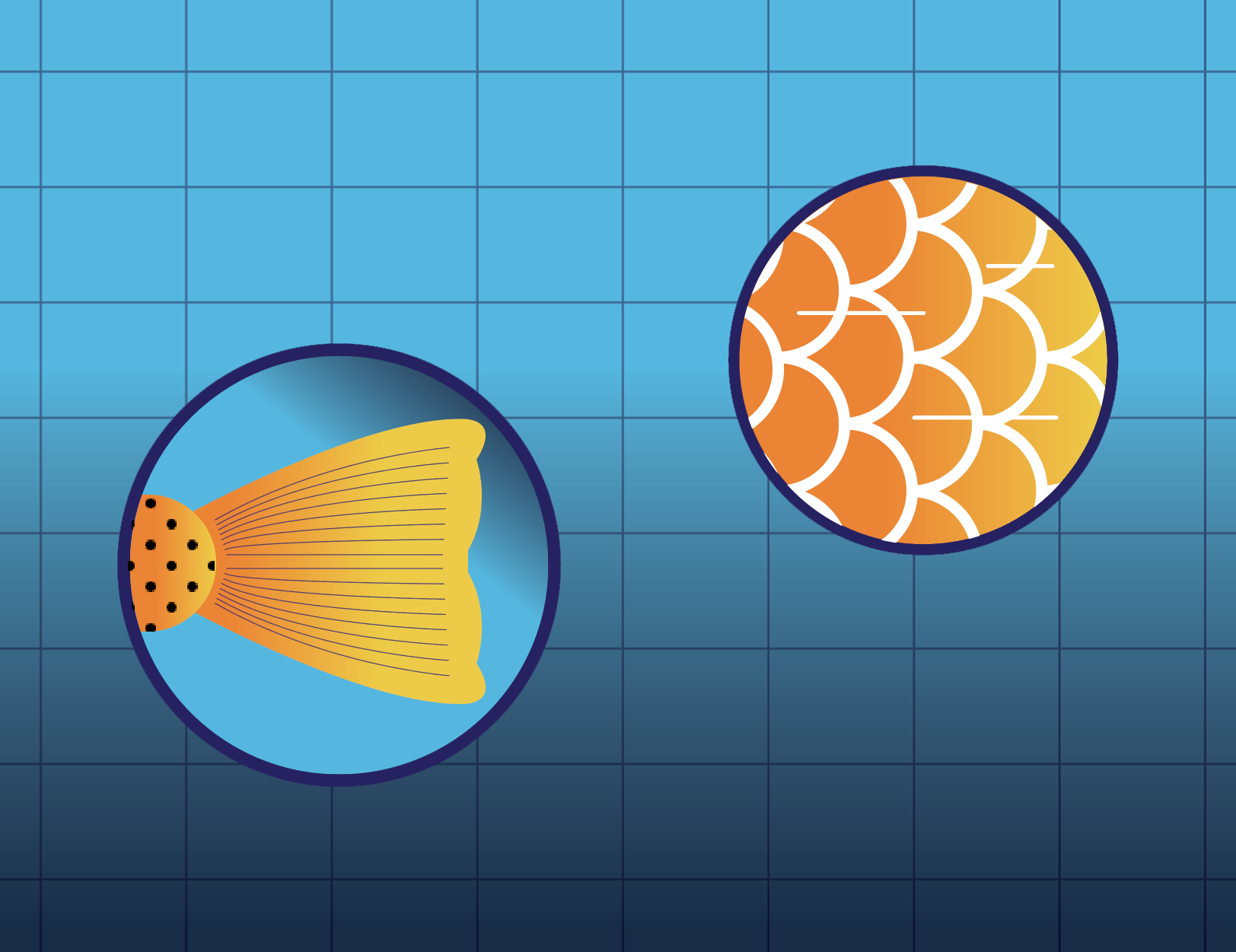
Without them the fish could not breathe underwater. They are located on the sides of the head and look like fissures in the body, covered from the top with a lid. When the fish opens its mouth, it lets water into the mouth. The water, rinsing the gills, transfers oxygen to the fish. In order to be able to breathe, it is necessary for water to flow through the mouth and gills. Therefore the fish often move and in this way they ensure an inflow of oxygenated water. And when they do not move, they close their gill lids for a while and suck water with their mouths, pumping it from the mouth towards the gills. It is as if we fill our cheeks with a lot of water, except that in fish the gills open and let the water out of the body. Humans have no gills, so they can only swallow water.
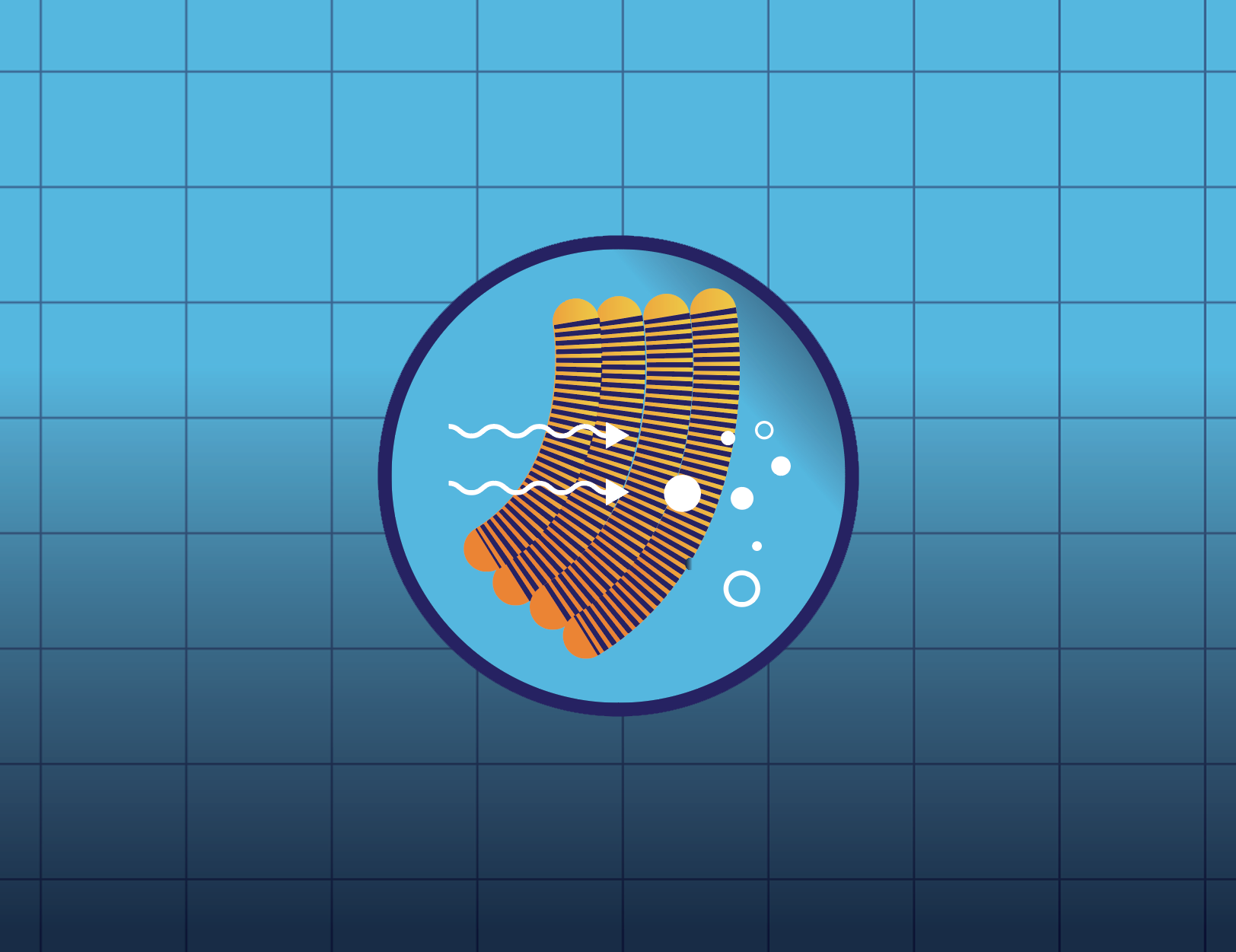
You probably remember that people also swim underwater. Breathing is made possible for them by an oxygen bottle, but an Israeli inventor, Alan Izhar-Bodner, has now developed a device that is supposed to work like the gills of a fish! It takes the oxygen dissolved in the water and makes it possible to swim underwater without an oxygen cylinder.
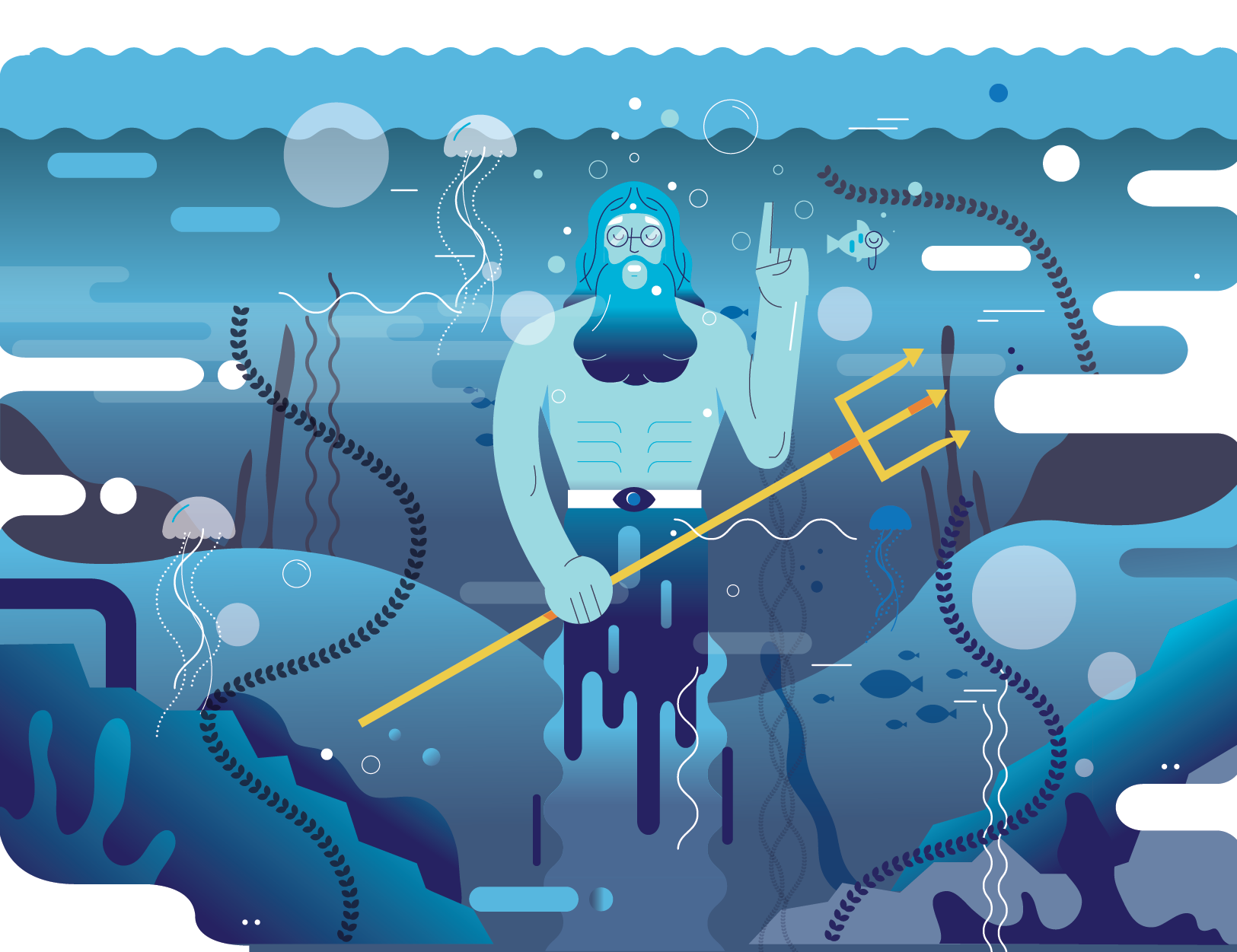
You probably remember that people also swim underwater. Breathing is made possible for them by an oxygen bottle, but an Israeli inventor, Alan Izhar-Bodner, has now developed a device that is supposed to work like the gills of a fish! It takes the oxygen dissolved in the water and makes it possible to swim underwater without an oxygen cylinder.
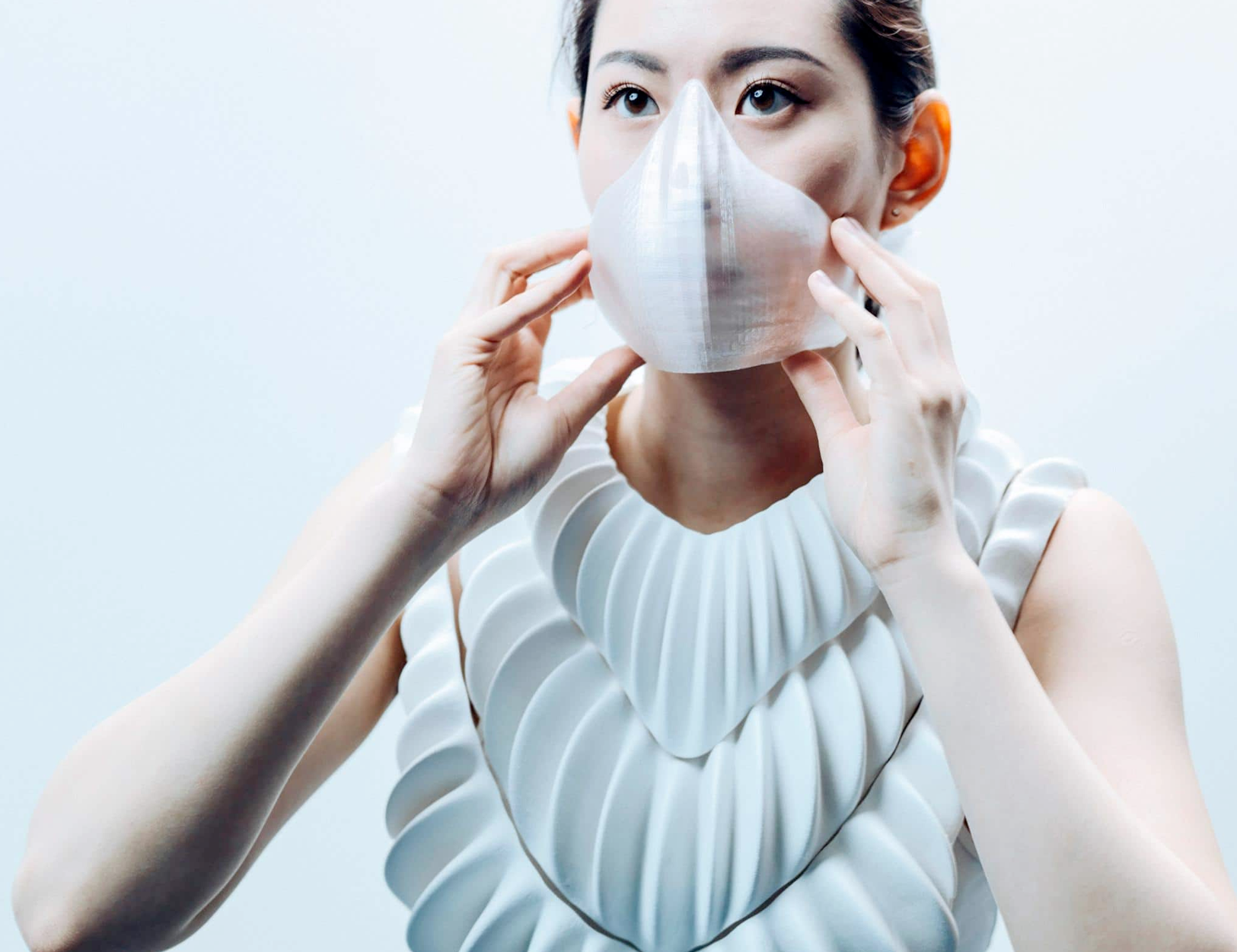
Sea fish can see at a distance of up to thirty metres. They see the same colours as humans, but as they sink deeper and deeper, where less sunlight reaches, they see less and less. It is like us seeing less colour around us as darkness surrounds us.
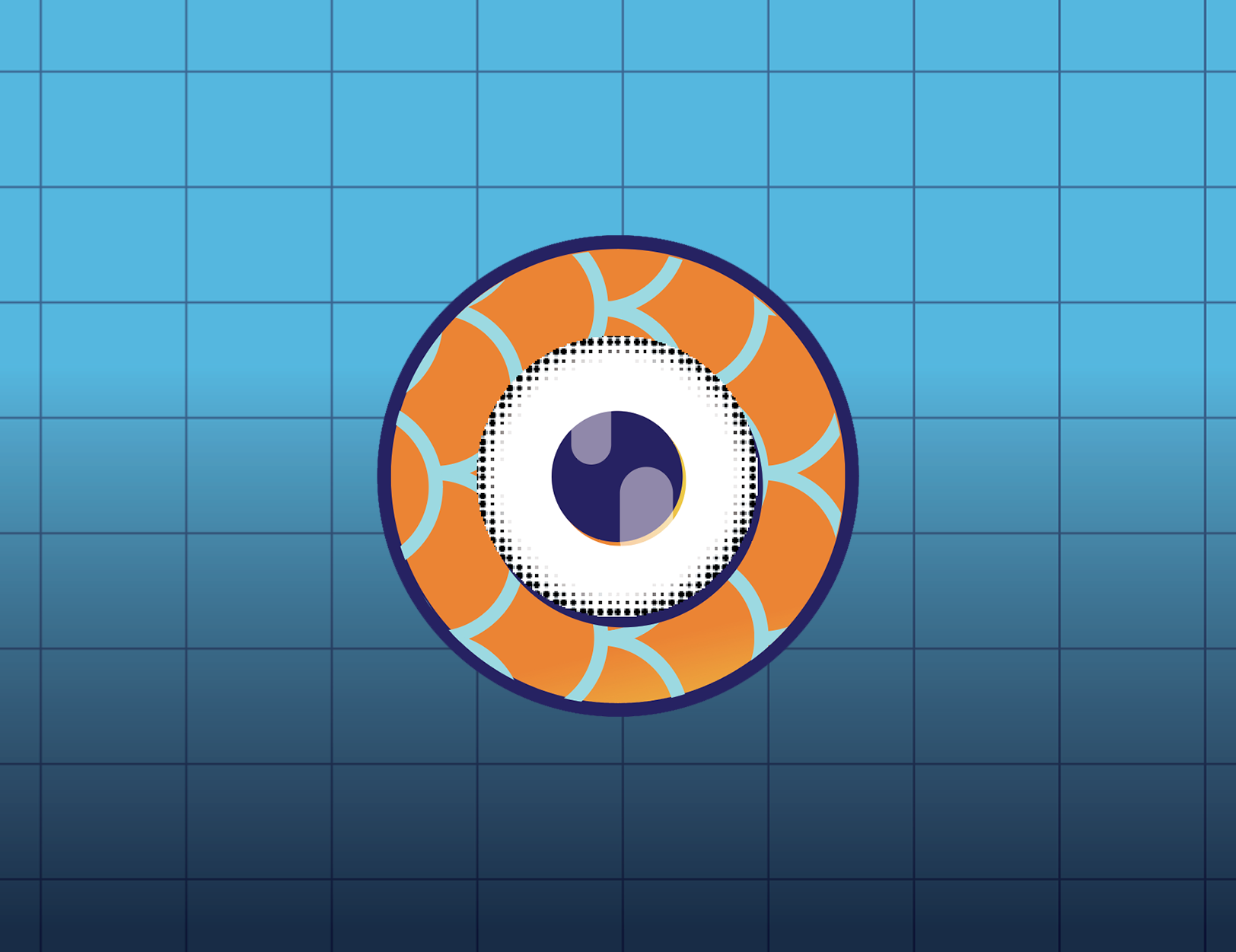
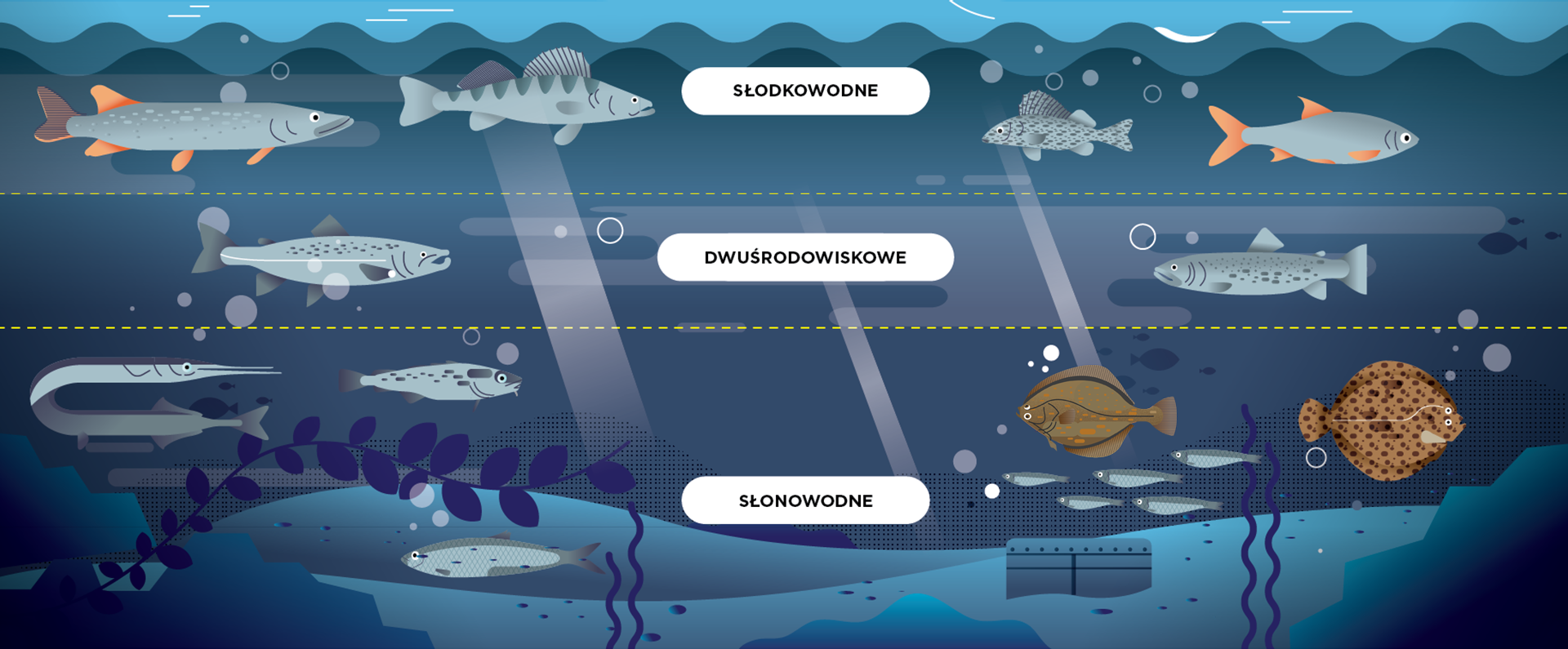
There are two kinds of fish in the Baltic Sea: freshwater and saltwater. How is that possible? Some of the fish living in rivers that flow into the Baltic Sea move towards the sea and settle near river outlets. They can be found in lagoons or a short distance from the seashore. These species have adapted to live in different conditions in both fresh and brackish water.
Saltwater fish, also called the marine fish, on the other hand, live only in marine waters where the salinity is already very high. They would not be able to survive in fresh water. The most popular saltwater fish living in the Baltic Sea are cod, flounder, plaice, herring, salmon, sprat, turbot, beluga and sandeel.
Freshwater fish found in the Baltic Sea are: perch, roach, zander, bream and whitefish.
As the king of the Baltic Sea, during a full moon I summon the inhabitants to tell them about important matters in the kingdom. This time I told the fish that the students would be visiting them and watching them through glass monitors. The fish were very happy to hear that you wanted to learn about their world. Waving their tails and jumping above the sea waves, they decided to greet you to tell you something about themselves. Let's start with the typical marine species.

People, to be able to determine the species affiliation of animals around the world, agree on a Latin name for them. This way, both Germans and Norwegians know which fish they are talking about. There are Pacific cod, Atlantic cod, Baltic cod and Greenland cod - but each one is different!

Body length 40-70 cm; in addition to the tail, pectoral, ventral and anal fins, it has three more dorsal fins.
I have green or gray dotted scales, and my belly is white. I grow a single mustache under my lower lip, the latest trend in underwater fashion. I am elegant and sociable (they call me chatty), but I am a predator. When I feel hungry, I instinctively eat smaller fish and crustaceans. This is normal in nature. Bigger animals eat smaller animals and I will be eaten by a seal one day or maybe even you - cheers! We are all connected by a food chain. One day I will become part of another creature, providing it with energy. We fish don't mind; we like and respect each other. We understand the laws of nature. We live in symbiosis, or harmony with others. We can play together and share the sea depths, respecting the needs of our organisms. We like each other very much!
Nickname: Chatty

Body length 30-35 cm, it is gray-green with red spots on one side. It swims near the bottom, at depths of up to 100 m asl.
My story is interesting because I am a fish that is called a flounder in the Baltic Sea. They call me a clever flounder, because I teach everyone that I am not a flounder!!! Flounder don't live in the Baltic Sea. You can say it again even to the fryer in Dziwnowek! Although I belong to flatfish family - like flounder, my correct name is Common Flounder. Mischievous people add that I was probably run over by a steamroller because I am flat. They don't know that I belong to flatfish, which are flat fish that live near the sea bottom and the roller had nothing to do with it. They probably envy me, because I can swim as deep as very few others. Others laugh that I am crazy-eyed. It's probably obvious that if I'm lying on the bottom all day long, on my left side, then both eyes must be on my right.
Nickname: Clever flounder, Crazy-eyed

It grows up to about 25 cm on average, and has silvery scales with an elongated shape.
Hi, I am very popular all over the world, everyone also knows my big brother - Ocean Herring. Thanks to the acquaintances, I often attend exquisite banquets around the world. I am a slender individual and I choose silvery scales for my outfit. The shape of my body reminds people of a tie. That is why ties are sometimes called herring and other fish always call me Elegant. I usually make sure to shine in company. The most shiny thing about me are my grey-silver scales. I wear darker scales only on my back and lighter scales only on my bottom. I am friends with salmon, because I love to listen to stories of their travels.
Nickname: Elegant

Body length ca. 100-150 cm; silver-colored scales with a lateral line separating dorsal from ventral; black spots on the back
I spent the first three years of my life in freshwater rivers, mostly Swedish, Finnish and Latvian. I can recognize crystal clear, rapid waters. Well... by nature I am extremely fond of them. I love rivers that are undisturbed by dams, because they give freedom to travel. I appreciated them especially when I grew up and became curious about the world. That's when I set off down the river straight to the sea. I explored various lands along the way and spent the next few years exploring the depths of the Baltic Sea. When I wanted to start a family, I returned to the sweet rivers to begin spawning - mating time with a beautiful female. Our little salmon, just like daddy, will swim to the Baltic Sea one day... Oh, I think I got emotional... but right now they are still tiny as sprats and they live in the river.
Nickname: Noble Wanderer
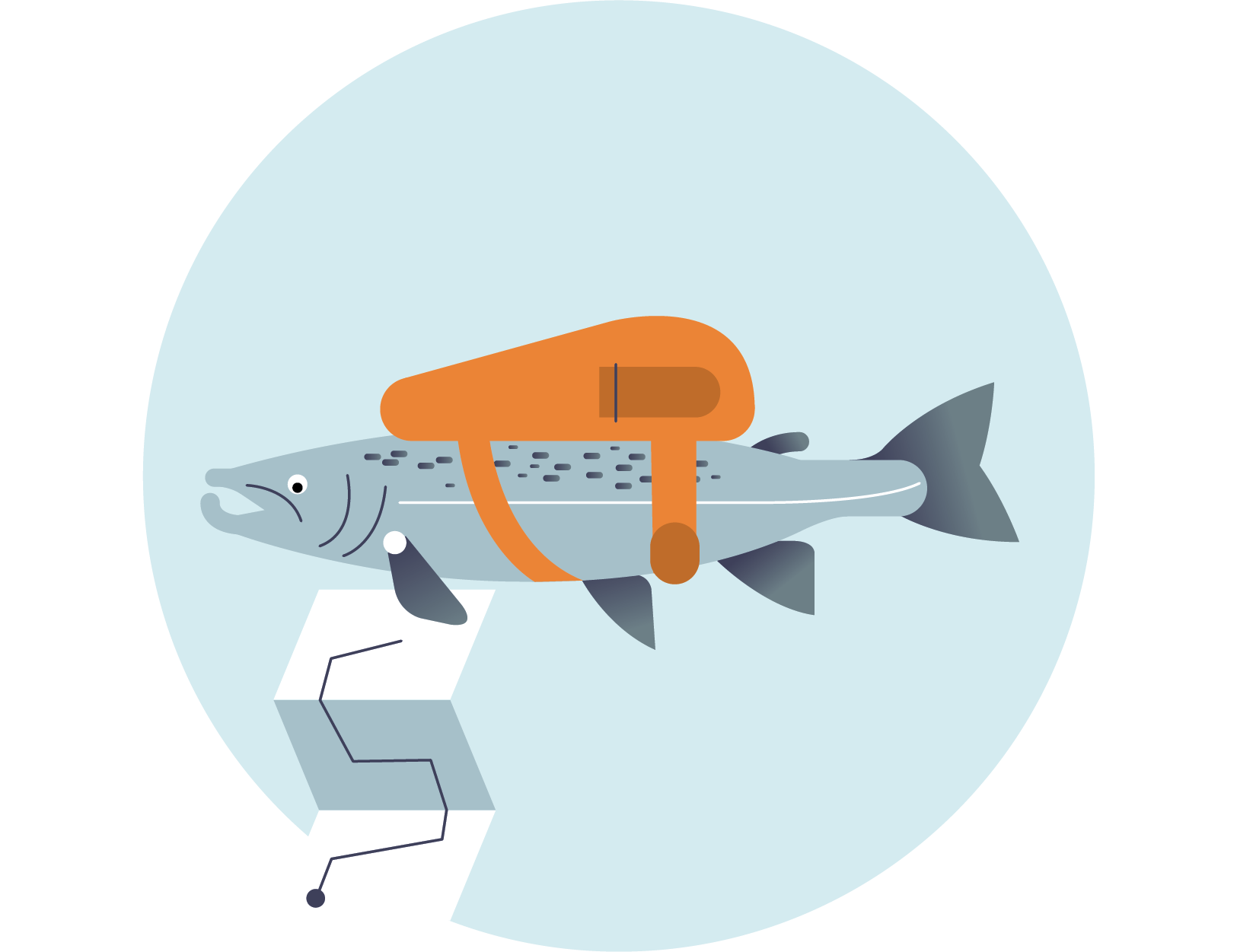
Body length ranges from 10 to 14 cm; body is covered with silver scales and the back is tinted blue.
I am a tiny fish, almost as small as a sardine, but don't let appearances fool you. I come from the herring family and I am not so gentle. I can be rough to strangers, just like the edge of my belly! That's why they call me the rough sprat. After all, I am tiny and I have to be able to take care of myself. For safety reasons, my friends and I always move in a group, a shoal. We only eat plankton, so we are fish vegetarians.
Nickname: Rough sprat
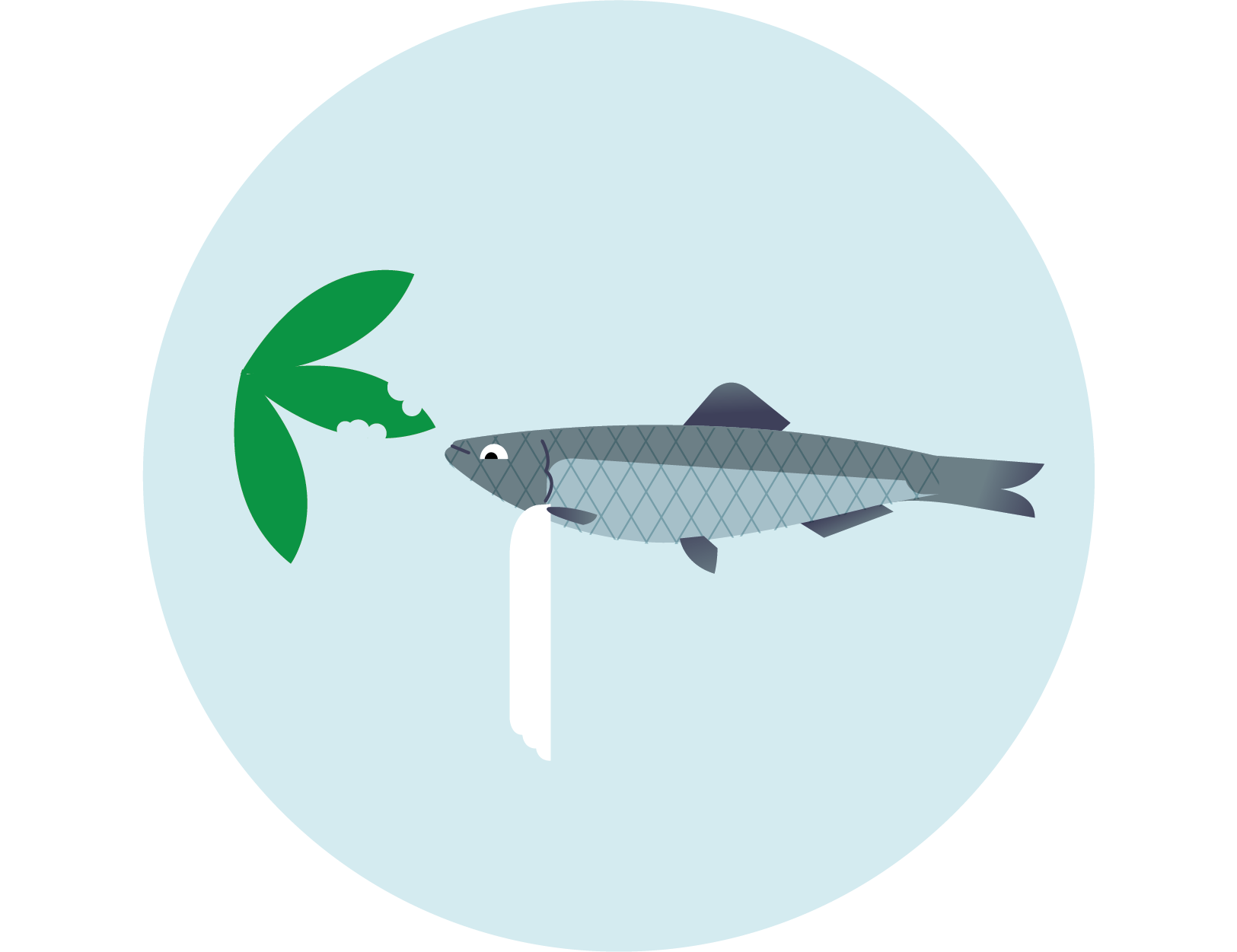
The length of turbot in the Baltic Sea reaches about 50 cm. The body shape is almost circular and flattened. The eye side is grey with black spots covering its whole surface
I am commonly known in Baltic restaurants as Turbot. I want them to think that I really am one, because I like to disguise myself well. Although I resemble a flounder - oh sorry fellow Clever Flounder - although I resemble a Common Flounder.... I am quite a different fish. You might recognize me by the fact that the shape of my body is almost oval. But it's unlikely that you will recognize me because I have the ability to blend in with the sea floor like a cloaked ninja. My camouflage gives my species a chance to live longer.
Nickname: Masked Turbot Ninja

Body length up to 90 cm and weight up to 1 kg.
Ciao! They call me Bella. I am incredibly beautiful and have the most beautiful clothes. I like to wear blue on my back, my belly is white-silver and my lateral line is silver and shimmering. All fish envy me, because I stand out with my perfect figure. I am a slender, elongated, graceful, agile and delicate fish. I wear long silver dresses. Some people even say that I put on airs, but it's not my fault that I have such a nobly elongated neck! My bones are also green - it's almost as if I have blue blood. When I open my long mouth, which resembles a big pair of scissors, I have no trouble getting food. Once I've had my fill, I jump high above the water to wave my tail at everyone.
Nickname: Bella
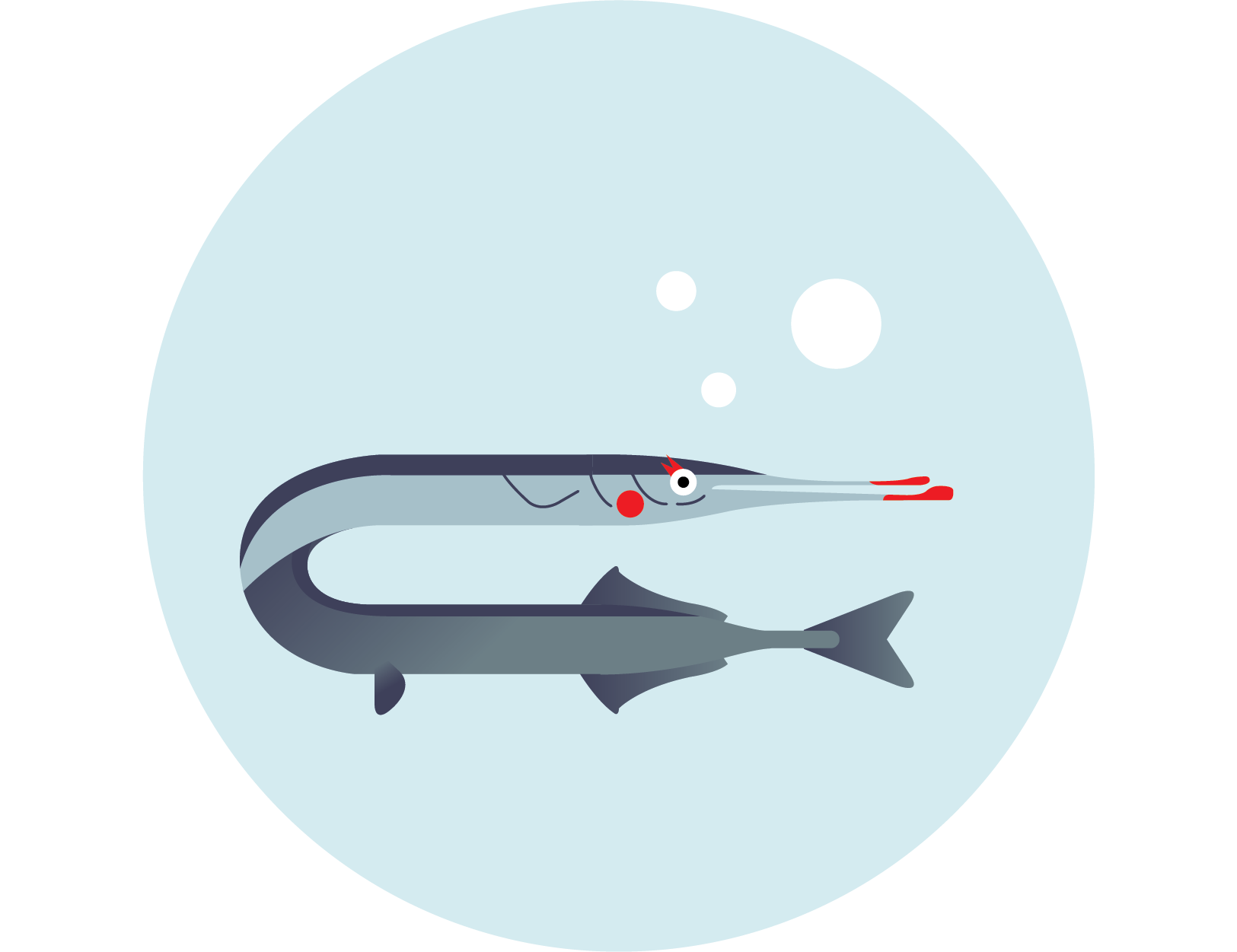

In addition, there are other interesting species living in the Baltic Sea:
Saltwater - sandeel, plaice, mackerel, whiting
Freshwater - perch, roach, zander, pike, ruffe
Diadromous - sea trout
You already know the inhabitants of the Baltic kingdom, now let me introduce you to the habits of the fish.

Of course they do. Every living organism, in order to function, must recover during sleep. Fish just like humans go to rest, most of the time they do it at night, just like we do. However, unlike us, fish do not have eyelids and do not close their eyes during the sleep. This means that they sleep with their eyes open and it seems quite strange to us, but for the fish it is quite normal.
In addition, in order to rest peacefully, fish do not need a bed and a soft blanket. A suitable stable position is all they need. They stop motionless and this is how we recognize that they are immersed in a deep sleep. Fish love to sleep in groups. For resting they go to dark corners, among the scrubs or rocks; some species prefer the bottom of the sea.
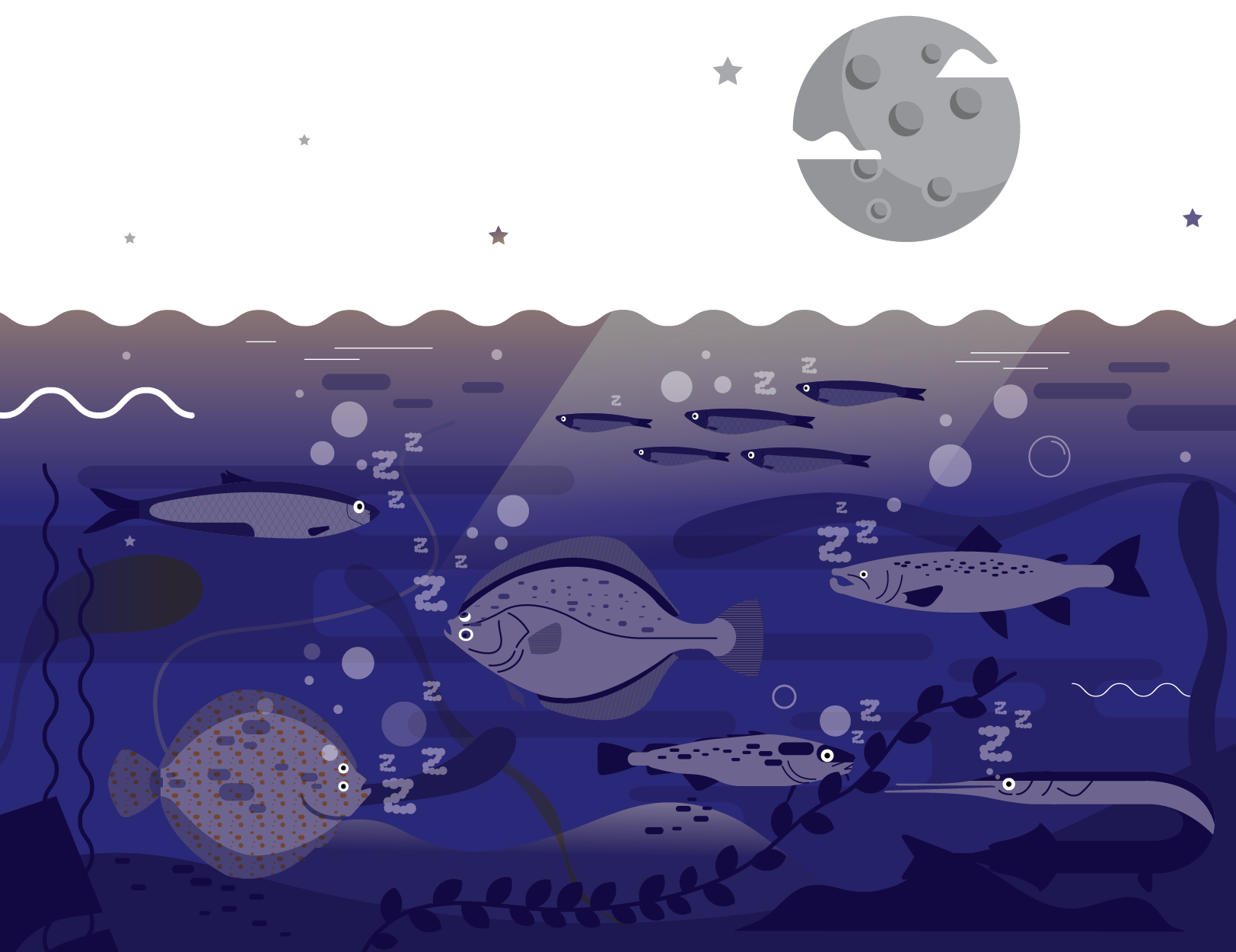
Fish use their fins to move underwater. They are as important to them as a steering wheel to a ship or a wheel to a car. It is thanks to them that they keep their balance, set their course and regulate the speed at which they swim. This is just one of the more important elements that help fish swim underwater.
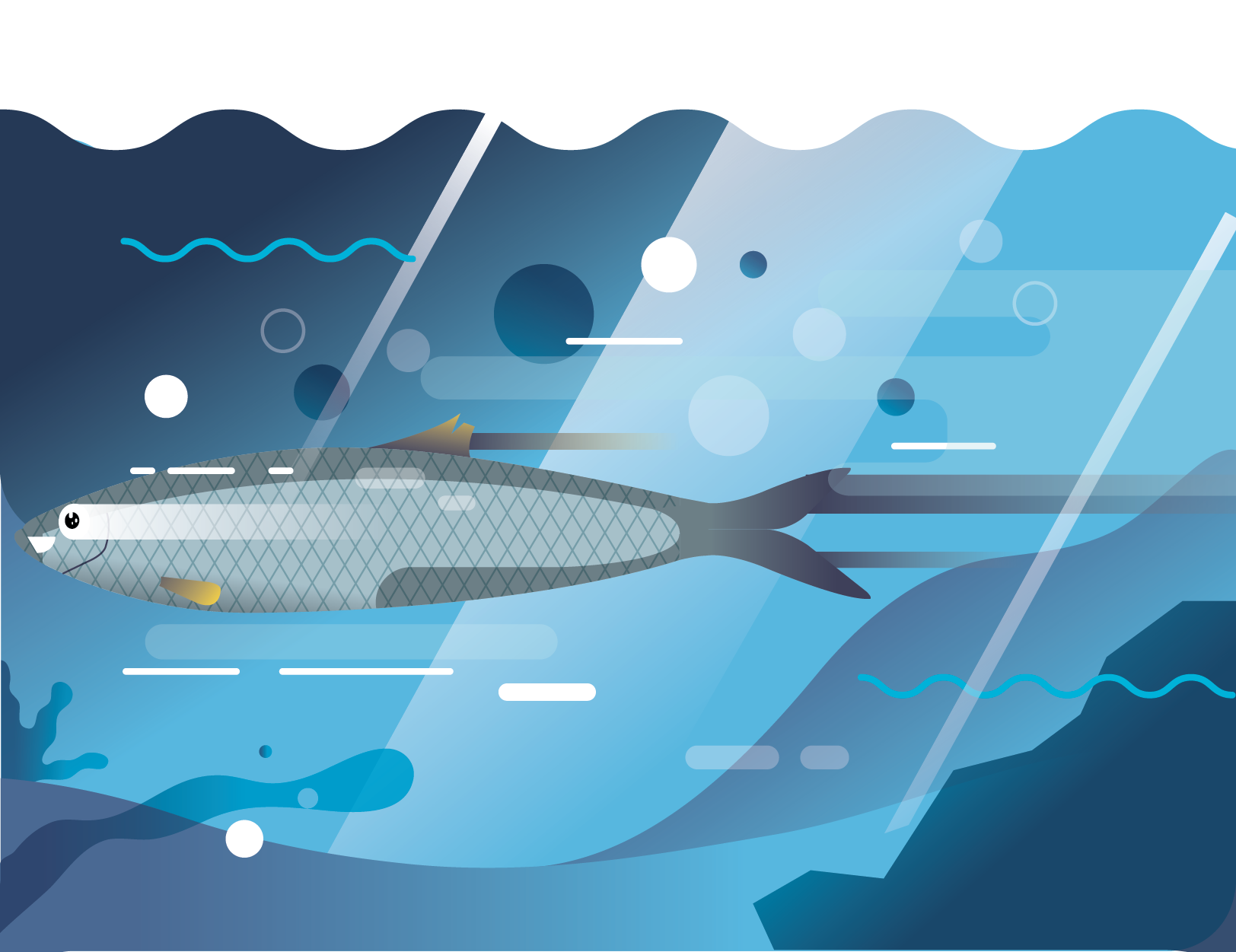
Fish move up and down due to the fact that they have a swim bladder. This is a tiny sac they have in their bodies that is filled with gases. You probably noticed that it is difficult to submerge a swim toy under water when it is inflated with air. Only when the air escapes from it does it easily sink to the bottom.
The swim bladder works the same way. Fish can change their depth by taking in and releasing gases from their swim bladder.
We swim up - we swim down thanks to the swim bladder
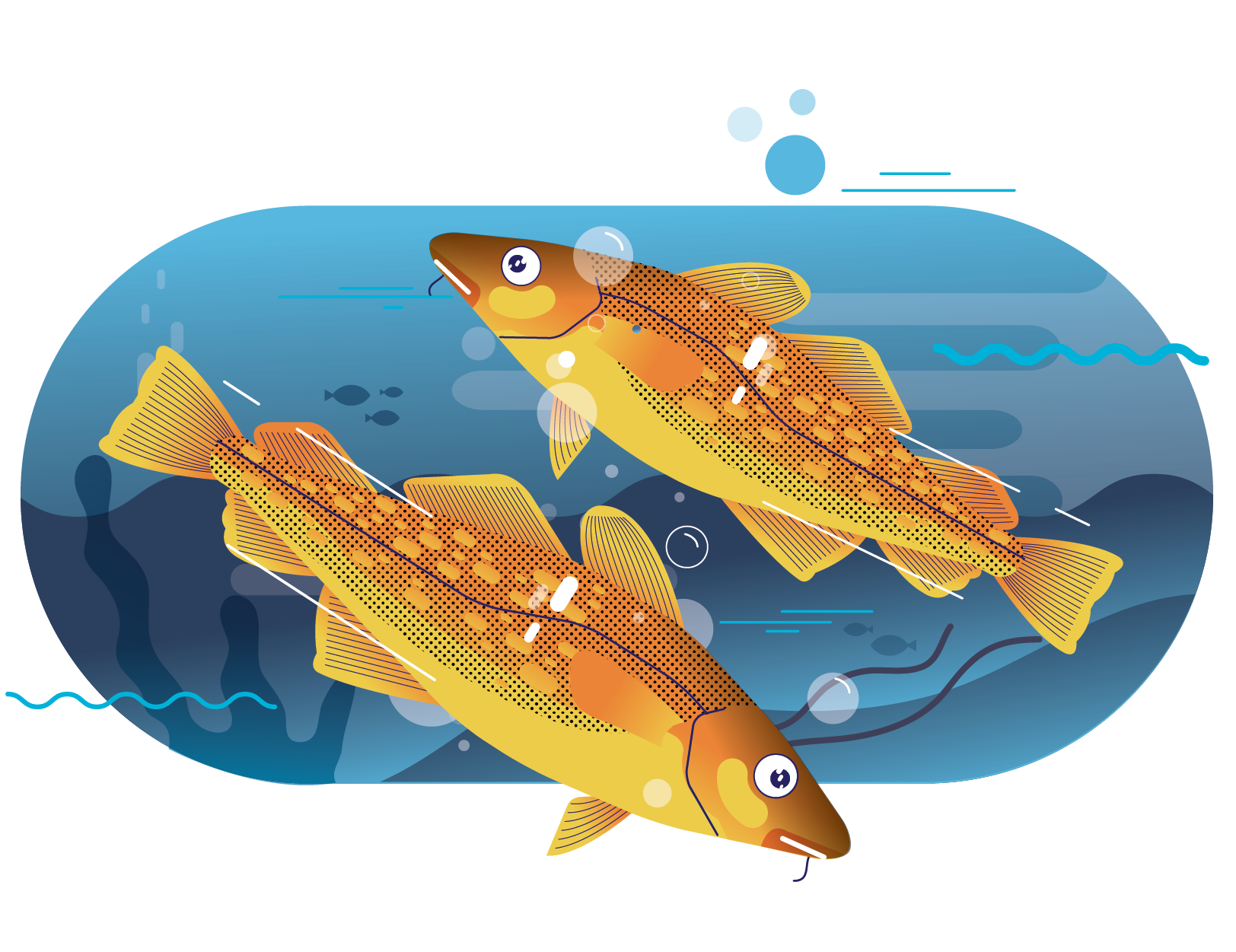
The size of the fish and the sleek body shape allow the fish to move agilely and quickly. On the other hand, scales covered with mucus protect them from external factors, help them move underwater and reduce drag. The main and the most important purpose of all fish species is to simply migrate, that is, to travel and change their environment.

Zazwyczaj ryby wędrują w ławicach. Ławica to inaczej grupa ryb, która razem się przemieszcza w określonym celu. Ryby przemieszczają się, aby zdobyć pożywienie, rozpocząć tarło, czyli proces podczas którego powstają małe rybki. Czasem wędrują razem, by uchronić się przed drapieżnikami.
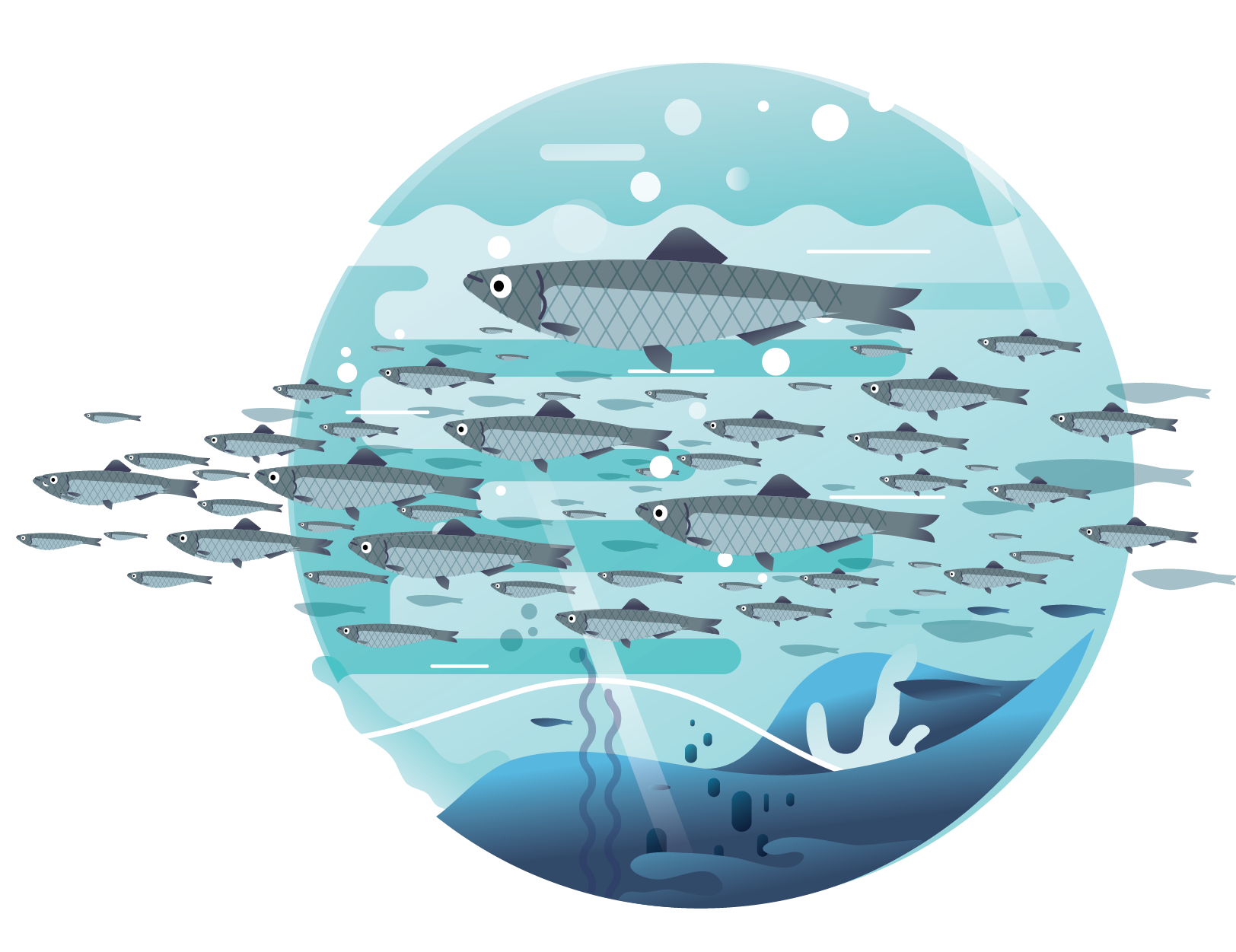

It is worth knowing that not all fish were lucky to be born in the wild - rivers or a big body of water like the Baltic Sea. Just like animals are bred to provide food for humans, fish are also bred. In this respect, Baltic fish have a much more interesting life and nothing restricts them, but some species are endangered.
This is due in part to climate change. As a result, water from the North Sea flows less and less into the Baltic Sea, purifying and oxygenating it. Rising temperatures and overfishing, that is too intensive fishing, is also not helping. But there are ways for the fish to recover and for them to never run out in the Baltic Sea. After all, fish are its unique treasure and have extraordinary value. Mermaid will tell you about them.
My name is Poseidon, I am king of the seas and oceans. I will show you around the Baltic kingdom. During this tour you will get to know its inhabitants. You can probably guess that there are fish living in its depths.
Thanks to their gills, they can easily breathe underwater and they move not with their legs but with their fins. Instead of hair they have scales. Since fish live underwater, they have an interesting body structure. Learn about the most characteristic parts of a fish's body structure.

The body of a fish consists of three basic parts: the head, the trunk, and the tail. Fish also have very interesting body parts that we will look at.

The body of the fish is covered with scales. They can be of various shapes and colours. They are flexible and covered with mucus, thanks to which there is less friction between the water and the fish, so it is easier for them to swim.
The fins are used to move and maintain proper body position. Especially the caudal and dorsal fins are important because they act as rudders, determining the direction of the fish's voyage through the sea waters.

Without them the fish could not breathe underwater. They are located on the sides of the head and look like fissures in the body, covered from the top with a lid. When the fish opens its mouth, it lets water into the mouth. The water, rinsing the gills, transfers oxygen to the fish. In order to be able to breathe, it is necessary for water to flow through the mouth and gills. Therefore the fish often move and in this way they ensure an inflow of oxygenated water. And when they do not move, they close their gill lids for a while and suck water with their mouths, pumping it from the mouth towards the gills. It is as if we fill our cheeks with a lot of water, except that in fish the gills open and let the water out of the body. Humans have no gills, so they can only swallow water.

You probably remember that people also swim underwater. Breathing is made possible for them by an oxygen bottle, but an Israeli inventor, Alan Izhar-Bodner, has now developed a device that is supposed to work like the gills of a fish! It takes the oxygen dissolved in the water and makes it possible to swim underwater without an oxygen cylinder.

You probably remember that people also swim underwater. Breathing is made possible for them by an oxygen bottle, but an Israeli inventor, Alan Izhar-Bodner, has now developed a device that is supposed to work like the gills of a fish! It takes the oxygen dissolved in the water and makes it possible to swim underwater without an oxygen cylinder.

Sea fish can see at a distance of up to thirty metres. They see the same colours as humans, but as they sink deeper and deeper, where less sunlight reaches, they see less and less. It is like us seeing less colour around us as darkness surrounds us.


There are two kinds of fish in the Baltic Sea: freshwater and saltwater. How is that possible? Some of the fish living in rivers that flow into the Baltic Sea move towards the sea and settle near river outlets. They can be found in lagoons or a short distance from the seashore. These species have adapted to live in different conditions in both fresh and brackish water.
Saltwater fish, also called the marine fish, on the other hand, live only in marine waters where the salinity is already very high. They would not be able to survive in fresh water. The most popular saltwater fish living in the Baltic Sea are cod, flounder, plaice, herring, salmon, sprat, turbot, beluga and sandeel.
Freshwater fish found in the Baltic Sea are: perch, roach, zander, bream and whitefish.
As the king of the Baltic Sea, during a full moon I summon the inhabitants to tell them about important matters in the kingdom. This time I told the fish that the students would be visiting them and watching them through glass monitors. The fish were very happy to hear that you wanted to learn about their world. Waving their tails and jumping above the sea waves, they decided to greet you to tell you something about themselves. Let's start with the typical marine species.

People, to be able to determine the species affiliation of animals around the world, agree on a Latin name for them. This way, both Germans and Norwegians know which fish they are talking about. There are Pacific cod, Atlantic cod, Baltic cod and Greenland cod - but each one is different!

Body length 40-70 cm; in addition to the tail, pectoral, ventral and anal fins, it has three more dorsal fins.
I have green or gray dotted scales, and my belly is white. I grow a single mustache under my lower lip, the latest trend in underwater fashion. I am elegant and sociable (they call me chatty), but I am a predator. When I feel hungry, I instinctively eat smaller fish and crustaceans. This is normal in nature. Bigger animals eat smaller animals and I will be eaten by a seal one day or maybe even you - cheers! We are all connected by a food chain. One day I will become part of another creature, providing it with energy. We fish don't mind; we like and respect each other. We understand the laws of nature. We live in symbiosis, or harmony with others. We can play together and share the sea depths, respecting the needs of our organisms. We like each other very much!
Nickname: Chatty

Body length 30-35 cm, it is gray-green with red spots on one side. It swims near the bottom, at depths of up to 100 m asl.
My story is interesting because I am a fish that is called a flounder in the Baltic Sea. They call me a clever flounder, because I teach everyone that I am not a flounder!!! Flounder don't live in the Baltic Sea. You can say it again even to the fryer in Dziwnowek! Although I belong to flatfish family - like flounder, my correct name is Common Flounder. Mischievous people add that I was probably run over by a steamroller because I am flat. They don't know that I belong to flatfish, which are flat fish that live near the sea bottom and the roller had nothing to do with it. They probably envy me, because I can swim as deep as very few others. Others laugh that I am crazy-eyed. It's probably obvious that if I'm lying on the bottom all day long, on my left side, then both eyes must be on my right.
Nickname: Clever flounder, Crazy-eyed

It grows up to about 25 cm on average, and has silvery scales with an elongated shape.
Hi, I am very popular all over the world, everyone also knows my big brother - Ocean Herring. Thanks to the acquaintances, I often attend exquisite banquets around the world. I am a slender individual and I choose silvery scales for my outfit. The shape of my body reminds people of a tie. That is why ties are sometimes called herring and other fish always call me Elegant. I usually make sure to shine in company. The most shiny thing about me are my grey-silver scales. I wear darker scales only on my back and lighter scales only on my bottom. I am friends with salmon, because I love to listen to stories of their travels.
Nickname: Elegant

Body length ca. 100-150 cm; silver-colored scales with a lateral line separating dorsal from ventral; black spots on the back
I spent the first three years of my life in freshwater rivers, mostly Swedish, Finnish and Latvian. I can recognize crystal clear, rapid waters. Well... by nature I am extremely fond of them. I love rivers that are undisturbed by dams, because they give freedom to travel. I appreciated them especially when I grew up and became curious about the world. That's when I set off down the river straight to the sea. I explored various lands along the way and spent the next few years exploring the depths of the Baltic Sea. When I wanted to start a family, I returned to the sweet rivers to begin spawning - mating time with a beautiful female. Our little salmon, just like daddy, will swim to the Baltic Sea one day... Oh, I think I got emotional... but right now they are still tiny as sprats and they live in the river.
Nickname: Noble Wanderer

Body length ranges from 10 to 14 cm; body is covered with silver scales and the back is tinted blue.
I am a tiny fish, almost as small as a sardine, but don't let appearances fool you. I come from the herring family and I am not so gentle. I can be rough to strangers, just like the edge of my belly! That's why they call me the rough sprat. After all, I am tiny and I have to be able to take care of myself. For safety reasons, my friends and I always move in a group, a shoal. We only eat plankton, so we are fish vegetarians.
Nickname: Rough sprat

The length of turbot in the Baltic Sea reaches about 50 cm. The body shape is almost circular and flattened. The eye side is grey with black spots covering its whole surface
I am commonly known in Baltic restaurants as Turbot. I want them to think that I really am one, because I like to disguise myself well. Although I resemble a flounder - oh sorry fellow Clever Flounder - although I resemble a Common Flounder.... I am quite a different fish. You might recognize me by the fact that the shape of my body is almost oval. But it's unlikely that you will recognize me because I have the ability to blend in with the sea floor like a cloaked ninja. My camouflage gives my species a chance to live longer.
Nickname: Masked Turbot Ninja

Body length up to 90 cm and weight up to 1 kg.
Ciao! They call me Bella. I am incredibly beautiful and have the most beautiful clothes. I like to wear blue on my back, my belly is white-silver and my lateral line is silver and shimmering. All fish envy me, because I stand out with my perfect figure. I am a slender, elongated, graceful, agile and delicate fish. I wear long silver dresses. Some people even say that I put on airs, but it's not my fault that I have such a nobly elongated neck! My bones are also green - it's almost as if I have blue blood. When I open my long mouth, which resembles a big pair of scissors, I have no trouble getting food. Once I've had my fill, I jump high above the water to wave my tail at everyone.
Nickname: Bella


In addition, there are other interesting species living in the Baltic Sea:
Saltwater - sandeel, plaice, mackerel, whiting
Freshwater - perch, roach, zander, pike, ruffe
Diadromous - sea trout
You already know the inhabitants of the Baltic kingdom, now let me introduce you to the habits of the fish.

Of course they do. Every living organism, in order to function, must recover during sleep. Fish just like humans go to rest, most of the time they do it at night, just like we do. However, unlike us, fish do not have eyelids and do not close their eyes during the sleep. This means that they sleep with their eyes open and it seems quite strange to us, but for the fish it is quite normal.
In addition, in order to rest peacefully, fish do not need a bed and a soft blanket. A suitable stable position is all they need. They stop motionless and this is how we recognize that they are immersed in a deep sleep. Fish love to sleep in groups. For resting they go to dark corners, among the scrubs or rocks; some species prefer the bottom of the sea.

Fish use their fins to move underwater. They are as important to them as a steering wheel to a ship or a wheel to a car. It is thanks to them that they keep their balance, set their course and regulate the speed at which they swim. This is just one of the more important elements that help fish swim underwater.

Fish move up and down due to the fact that they have a swim bladder. This is a tiny sac they have in their bodies that is filled with gases. You probably noticed that it is difficult to submerge a swim toy under water when it is inflated with air. Only when the air escapes from it does it easily sink to the bottom.
The swim bladder works the same way. Fish can change their depth by taking in and releasing gases from their swim bladder.
We swim up - we swim down thanks to the swim bladder

The size of the fish and the sleek body shape allow the fish to move agilely and quickly. On the other hand, scales covered with mucus protect them from external factors, help them move underwater and reduce drag. The main and the most important purpose of all fish species is to simply migrate, that is, to travel and change their environment.

Zazwyczaj ryby wędrują w ławicach. Ławica to inaczej grupa ryb, która razem się przemieszcza w określonym celu. Ryby przemieszczają się, aby zdobyć pożywienie, rozpocząć tarło, czyli proces podczas którego powstają małe rybki. Czasem wędrują razem, by uchronić się przed drapieżnikami.


It is worth knowing that not all fish were lucky to be born in the wild - rivers or a big body of water like the Baltic Sea. Just like animals are bred to provide food for humans, fish are also bred. In this respect, Baltic fish have a much more interesting life and nothing restricts them, but some species are endangered.
This is due in part to climate change. As a result, water from the North Sea flows less and less into the Baltic Sea, purifying and oxygenating it. Rising temperatures and overfishing, that is too intensive fishing, is also not helping. But there are ways for the fish to recover and for them to never run out in the Baltic Sea. After all, fish are its unique treasure and have extraordinary value. Mermaid will tell you about them.

We use cookies to improve the operation of the website. We assume that you do not mind. If you do mind, please leave our site.
